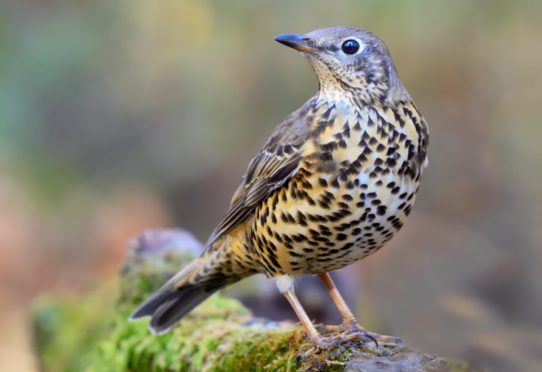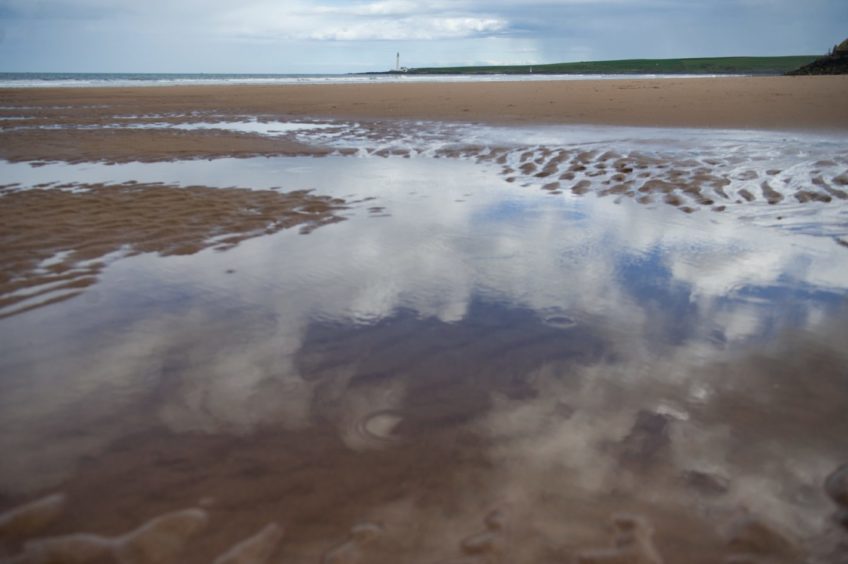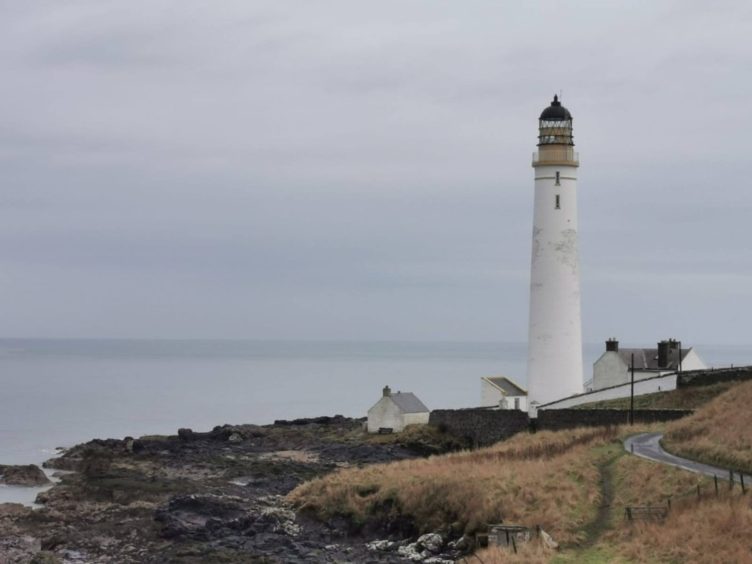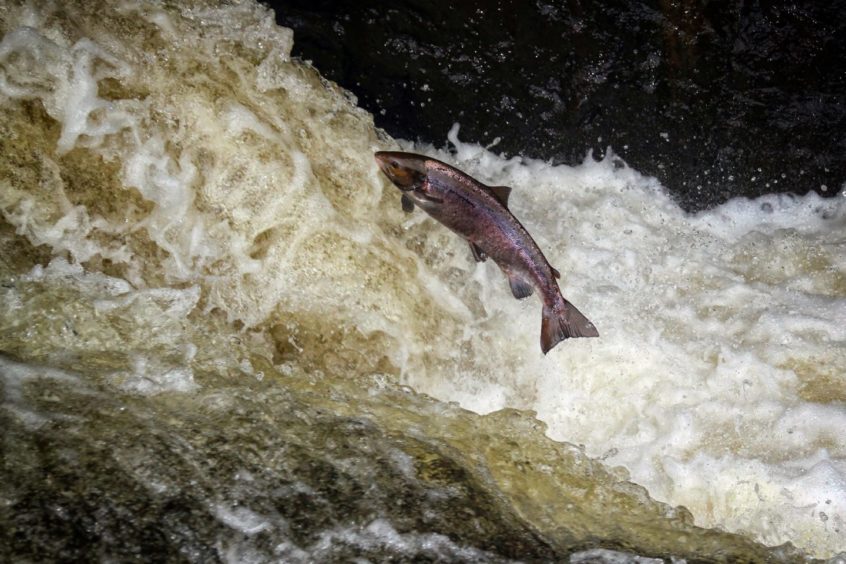Ivy-covered castellated gates on the B9134 Brechin to Forfar road are all that remain to tell the curious traveller there used to be a castle at the top of the winding drive behind them.
It is the entrance to Aldbar Castle, long associated with the Chalmers of Aldbar family.
The original tower house was built about 1540 by Sir Thomas Lyon of Glamis and was acquired by Sir Patrick Chalmers in the late eighteenth century when he was appointed Sheriff of Angus.
It remained in the Chalmers family until the 1960s when it was demolished following a disastrous fire.
No wedding and two funerals
A strange story about the castle from the mid-eighteenth century concerns the last male heir of a family called Young which Sir Patrick bought the estate from.
The girl Young was to marry ordered her wedding clothes and, strangely, also a mortcloth – a ceremonial black cloth draped over the coffin at a funeral – instructing that the mortcloth should be sent to her family church.
Unfortunately both were sent to Aldbar Castle.
When Young saw both garments he took it to be a fateful omen. Saddling his horse he rode to Montrose beach where he drowned himself in the sea.
His bride-to-be died soon afterwards and was wrapped in the accursed mortcloth for burial.
One writer doubts that the impulsive bridegroom-to-be drowned himself on purpose as it was said that his clothes were found on the beach and his horse was tethered close by.
This writer shares those doubts as they most certainly were not into skinny dipping in those far off days. Still, every Scottish castle should have at least one good horror story in its history.
Patrick appears to have been the favoured family name for the eldest Chalmers sons. Patrick R Chalmers (1872-1942) left a successful banking career to be a writer and poet.
I have a book of his poetry titled Green Days and Blue Days and in his poem Roundabouts and Swings he is credited with introducing into our daily conversation the phrase “what you lose on the roundabouts you gain on the swings”.
a great strap of whisky coloured, fast flowing water
Which brings me neatly round to the point that last weekend I parked beside the castle gates and joined bibliophile and intrepid dog walker Robert Galey and Bella, his Jack Russell.
We crossed the road and headed down the track past old Blaikie Corn Mill to walk up the bank of the River South Esk – a walk I hadn’t done before.
The river runs deceptively slowly but in reality is a great strap of whisky coloured, fast flowing water. I chucked a stick into it which whirled away downstream.
I wouldn’t let Inka jump in for a swim or likely as not I’d have picked him off the rocks at Scurdie Ness Lighthouse where the river flows into the sea.
I was doing well until I tripped over my own feet and measured my length on the path. I picked myself up and dusted myself down and luckily all that was injured was my dignity.
Sand had been cast up on the path during the last flooding. There were clear tracks of a cock pheasant that had passed that way before.
I hoped we’d see a spring run salmon on its way upriver to spawn, leaping out of the water in its exuberance at being back in its mother stream.
We walked up to Aldbar dam, built on a slight curve with a sluice gate to channel the mill lade to power the old mill – part of the industrial history of Angus which I was totally unaware of.
And so back to the cars. Two dogs had had a good walk, Robert and I had set a fragile world to rights. And I had discovered a new walk and had a history lesson – pretty good for a morning’s work.
A spirited song sets spring in motion
I’d almost given up hope of seeing a mistle thrush this spring let alone hearing its ringing song. They are larger than their song thrush cousins with a much more heavily speckled breast.
Out with Inka first thing I heard my bird before I saw him on the topmost branch of a beech tree across the road from the house.
I stopped to listen to him singing his heart out in a torrent of song – more spirited than the song thrushes’ sweeter, repetitive melody.
Mistle thrushes are one of our earliest nesters and the hen bird can be sitting on eggs as early as mid-February. My bird may well have been protecting its nest and warning off would-be predators.
The Border poet, Will H Ogilvie, in his collection The Land We Love describes the mistle thrush as The February Thrush.
A gallant more daring / Than all of his peers, / The love he is sharing / Is first of the year’s!
He finishes with the lines …brave he who sings in / The dark o’ the year. – a reference to the mistle thrushes’ winter refrain.














